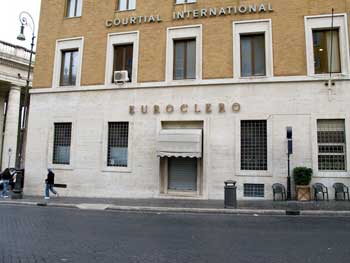During the “Sede Vacante”, the College of Cardinals leads the Church. But its powers are limited to tasks and decisions which can not be postponed.
Decrees, issued by the Popes, must not be corrected or changed during this time.The interim administration of the Church is run by the Camerlengo and his three Cardinal assistants. The College of Cardinals prepares in particular the election of the new Pope.
With the beginning of the “Sede Vacante”, the Catholic Church and the Vatican State are temporarily run by the College of Cardinals. The Dean of the College, ex-Cardinal Angelo Sodano (85), invited the 208 cardinals to General congregations in the Apostolic Palace, held daily until the start of the conclave.
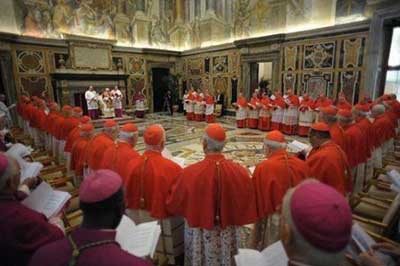
115 Cardinals at the Conclave
Since many cardinals already gathered in the Vatican, the meeting will start on Monday. Key task is to determine the start date for the conclave, that could possibly begin on the weekend a few days later. Vatican spokesman Federico Lombardi said: “As of today, 115 cardinals will be coming to the Vatican to elect a new Pope. Benedict XVI. paved the way for a quick appointment of a date just a few days ago.

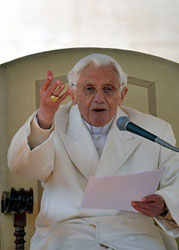
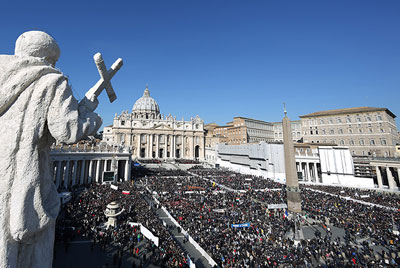
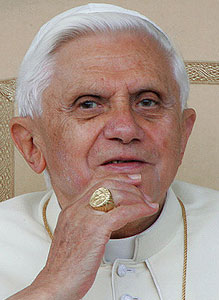 According to Vatican spokesman Lombardi, Pope Benedict XVI. is considering to issue a modification of the electoral code before his resignation. An earlier start of the conclave could thus be possible.
According to Vatican spokesman Lombardi, Pope Benedict XVI. is considering to issue a modification of the electoral code before his resignation. An earlier start of the conclave could thus be possible.